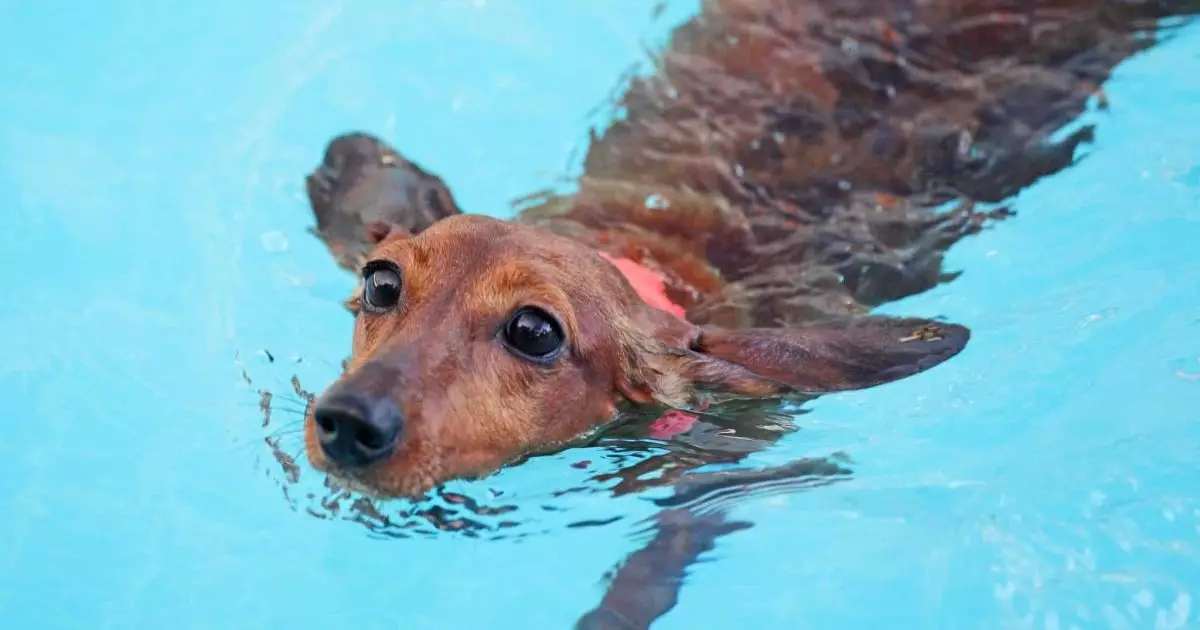Keeping our dogs engaged and lively is not just a luxury; it is a fundamental aspect of their health and well-being. Yet, one critical aspect often overlooked is the kind of activities that we introduce into their playtime. Play may be an enjoyable outlet for our pets, but not all forms of activity promote their overall health. High-impact play can inflict strain on their spines, leading to lasting injuries and exacerbating existing conditions like intervertebral disc disease (IVDD) and spondylosis. It is imperative to emphasize spine-smart play, which highlights safe, low-impact movements. These activities are beneficial for dogs across the board—irrespective of their age or breed—allowing us to enhance their quality of life while safeguarding their spinal health.
Understanding the Dog’s Spine
The canine spine is a sophisticated assembly comprised of vertebrae, intervertebral discs, and interlinking muscles and nerves. Each movement our dogs make, whether it’s a vigorous leap or a sharp twist, impacts this intricate system. Certain breeds—like Dachshunds, Bulldogs, German Shepherds, and Boxers—are genetically predisposed to spinal issues, making it essential to curate activities that reduce the likelihood of injury. Even dogs without genetic predispositions experience long-term damage from repetitive stress.
Rather than simply engaging in unrestricted playtime, we should focus on cultivating controlled movements. Activities like gentle walking routines that include varied terrain—grass, dirt paths, and slight inclines—not only fortify core muscles but also promote better balance and posture without imposing harsh impacts on the spine.
Safe Playtime Activities to Enhance Spinal Health
To ensure that playtime is beneficial rather than detrimental to your dog’s spine, consider incorporating the following activities that serve both their mental engagement and physical wellness:
1. Nature Walks: Encourage walks that incorporate diverse terrains. Uneven surfaces engage different muscle groups and subtly enhance balance without straining. Opt for paths that are not overly steep or slippery, allowing your dog to enjoy natural obstacles without any risk.
2. Scent Exploration: Incorporating scent-based games transforms mundane fetch into an enriching experience. Hide favorite treats or toys around your home or yard, prompting your dog to use their natural sniffing instincts. This low-impact activity not only keeps their spine gently engaged but also stimulates their minds, fostering confidence and alleviating boredom.
3. Tug-of-War: While often deemed a no-no, tugging can be safe when executed correctly. Use soft, flexible tug toys and encourage horizontal pulling motions to minimize neck strain. Always end sessions on a positive note where your dog can feel victorious, which also helps to reduce abrupt movements that could lead to injuries.
4. Creative Obstacles: If your pup has a flair for agility, consider setting up low-height obstacles at home. Simple step-over poles or tunnels can nurture coordination without demanding high jumps, particularly vital for breeds prone to back issues. Always emphasize technique and controlled pacing rather than speed.
5. Balance Activities: Engage your dog in balance activities such as standing on a wobble board or stepping over small obstacles. These exercises not only build functional strength but also protect the integrity of their spine.
6. Aquatic Adventures: Swimming is undoubtedly one of the best forms of exercise for spine protection. The buoyancy of water supports the dog’s spine while allowing for full-body movement, making it a fantastic option for dogs recovering from injuries. A well-fitted life jacket is essential for safety, especially for breeds with shorter legs.
Avoiding Activities that Compromise Safety
While it is crucial to advocate for spine-smart play, some activities should be minimized or completely avoided for the sake of protecting our dogs’ backs. High jumps from furniture, roughhousing with larger dogs, chasing games on hard surfaces, and vertical pulling activities can strain a dog’s spine and lead to injuries over time.
Through vigilant observation of your dog during activities, any signs of hesitance, stiffness, or discomfort should prompt you to reconsider your chosen games. The essence of spine-smart play is not about restricting your dog; rather, it empowers them to explore movement in a way that conserves their vitality for the long haul.
Our dogs bring immense joy and companionship to our lives, and as guardians, it is our responsibility to ensure that their fitness routines reflect a mindful approach to movement. With a little creativity and dedication, we can create a fulfilling routine that not only entertains but also protects their health as they age gracefully. By making informed decisions today, we contribute to their longevity and vibrancy for years to come.

